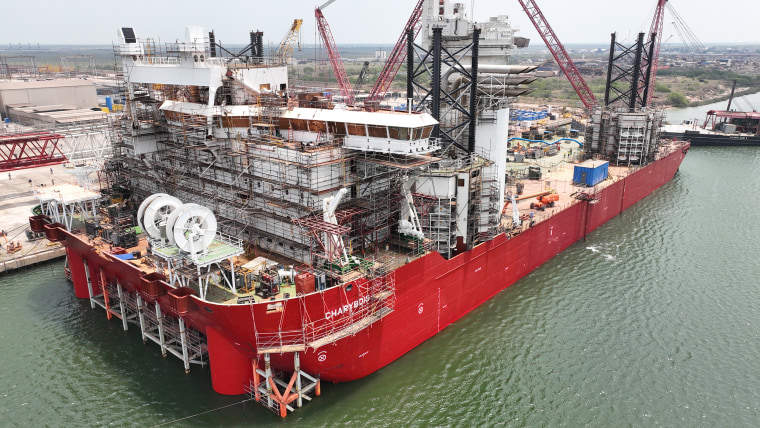Article:
Biden’s ambitious goal of achieving 100% clean energy by 2035 has sparked numerous discussions and debates among policymakers, experts, and the public. One key aspect of this goal that has been highlighted as crucial to its success is the leveraging of wind energy as a primary source of renewable power. However, recent developments indicate that Biden’s wind energy targets might face significant challenges that need to be addressed effectively post-election.
The wind energy sector in the United States has seen substantial growth in recent years, with many states investing in wind farms and infrastructure to harness the power of the wind. Despite this progress, Biden’s goal of expanding wind energy to meet a significant portion of the nation’s energy needs still faces hurdles that need to be overcome.
One of the main obstacles to achieving Biden’s wind energy targets is the lack of a comprehensive national strategy to promote and incentivize wind energy development. While some states have taken the lead in promoting wind energy through tax incentives, regulatory support, and infrastructure investments, a cohesive federal approach is essential to accelerate the growth of the wind energy sector across the country.
Additionally, the issue of grid integration poses a significant challenge to the expansion of wind energy. The intermittent nature of wind power generation requires a robust and flexible grid infrastructure that can effectively manage fluctuations in wind energy output. Without adequate grid upgrades and investments in energy storage solutions, the full potential of wind energy cannot be realized.
Moreover, the permitting and approval process for wind energy projects can be time-consuming and complex, delaying the development of new wind farms and hindering the achievement of Biden’s clean energy goals. Streamlining the permitting process at the federal level and providing support for project developers could help expedite the deployment of wind energy projects and drive growth in the sector.
Another key consideration in advancing wind energy development is the need for continued research and innovation in wind turbine technology. Investing in research and development to improve the efficiency and capacity of wind turbines will be crucial in boosting the competitiveness of wind energy compared to fossil fuel sources.
Furthermore, the Biden administration will need to work closely with industry stakeholders, environmental groups, and community organizations to address concerns related to land use, wildlife protection, and local impacts of wind energy projects. Building consensus and addressing these issues collaboratively will be essential in gaining public support for the expansion of wind energy.
In conclusion, while Biden’s goal of ramping up wind energy as part of a broader clean energy strategy is laudable, achieving this objective will require a concerted effort to overcome various challenges. By developing a coherent national strategy, investing in grid infrastructure, streamlining permitting processes, fostering innovation, and engaging with stakeholders, the Biden administration can pave the way for a more sustainable and resilient energy future powered by wind energy.

